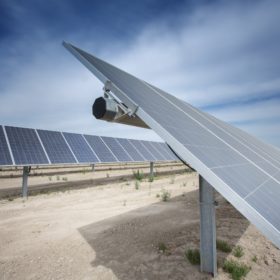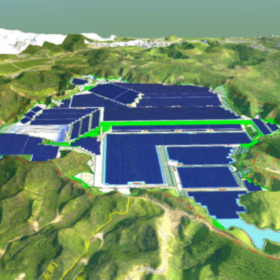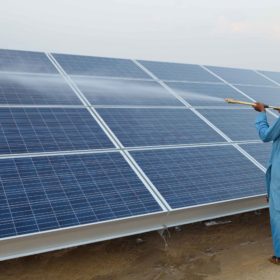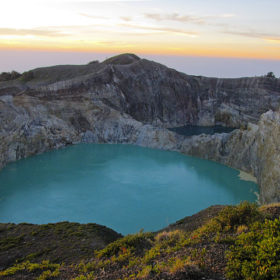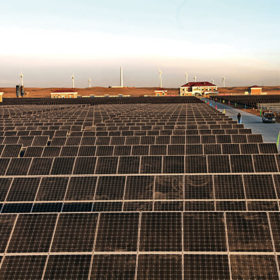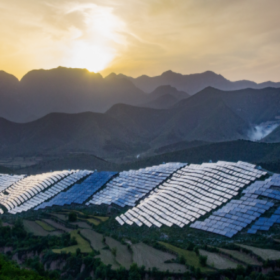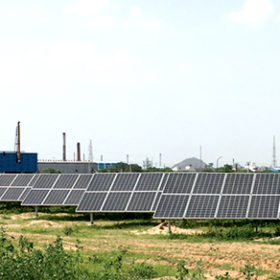Singyes Solar expects profit to narrow in H1
China Singyes Solar Technologies will likely post a sharply lower profit in the first half of 2017 than it did during the same period a year earlier, partly due to a lack of disposal gains on its solar projects.
IRENA: Renewable energy can meet a quarter of India’s energy demand
As India’s energy needs are rising fast, the increased use of renewables in 2030 could save the economy 12 times the installation costs, when reduced environmental and health damage are taken into account, shows International Renewable Energy Agency’s roadmap to 2030, ranking solar as the country’s second largest source of renewable energy.
Smart Solar begins building 34.5 MW in Japan
Smart Solar has started constructing a 34.45 MW solar project in southwestern Japan, as part of a broader JPY 12 billion ($109.8 million) plan that could expand to a total of 54 MW of PV capacity.
IBC Solar signs contract with SECI for 20 MW solar plant in India
The large-scale project will be owned and developed by IBC solar in Odisha.
Malaysia emerging as key PV investment target — BMI
The enthusiastic response earlier this month to Malaysia’s second competitive auction for large-scale PV projects highlights the country’s growing importance as a destination for clean-energy investment, with non-hydro renewables capacity to rise from 1.4 GW last year to 3.4 GW by 2026, according to a new report.
Bali’s PV potential shines in ADB mapping study
The island of Bali could produce as much as 115,371.9 GWh of electricity per year — far above its projected requirement of just 4,992.7 GWh per year by 2019 — and solar offers the greatest potential for future development, according to a new report by the Asian Development Bank (ADB).
Datang posts $81.2 million net profit in H1
China Datang Corporation Renewable Power’s net profit more than doubled in the first half of 2017 to CNY 541.77 million ($81.2 million), as utilization hours of its solar projects rose from from the preceding year.
India: MAHAGENCO tenders 110 MW of solar
Bids have been invited for 110 MW of grid-connected solar projects in the Indian state of Maharashtra, in two separate tenders with September 26 as the submission deadline.
GCL New expects H1 profit on 1 GW of capacity
GCL New Energy will likely post a profit of CNY 450 million ($67.4 million) in the first half of 2017, from a profit of just CNY 147 million a year earlier, as it connected 1.04 GW of new solar capacity to the grid.
Hitachi, Itochu, NEDO switch on PV microgrid pilot in India
Japan’s New Energy and Industrial Technology Development Organization (NEDO) has started operating a microgrid powered by a 1 MW solar array in western India.

